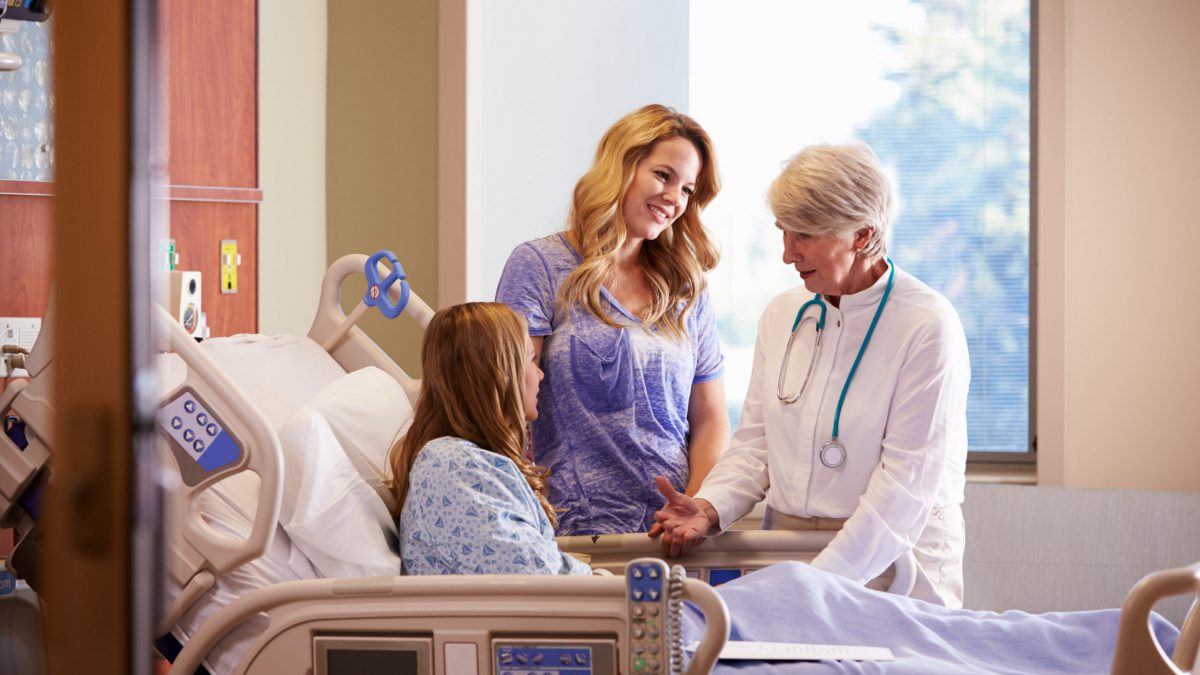The 30 million Americans diagnosed with a rare disease represent a large, underserved patient population. Their complex conditions are often poorly understood, and most have no approved treatment.
Nevertheless, rare disease patients and advocates are finding purpose, building powerful support systems and working toward better outcomes for the rare disease community. Here are three stories that bear testament to their challenges – and their resilience.
“Advocacy saved my mental health.”
Laura, who lives in Michigan, has two daughters with cystic fibrosis, a disease that causes long-lasting lung infections and limits the ability to breathe over time.
Cystic fibrosis has no cure, so Laura was elated when a drug that corrects the underlying cause was approved. But her hope was short-lived. The treatment worked for one daughter, but not for the other.
Laura credits advocacy – sharing her family’s story, raising awareness, advancing research and health policies – as a bright spot amid chronic illness. She’s driven to be part of the solution for her children and for the greater community. “Success for one disease usually helps many diseases,” Laura shares. “The key is to continue promoting science and innovation.”
“We live thankful for another day.”
Nancy from Ohio is the primary caregiver for her husband, who lives with amyloidosis. The rare condition occurs when an abnormal protein builds up in certain organs and interferes with normal function. There are new treatments available, but patients sometimes face barriers accessing the correct treatment for their type of the disease.
Nancy’s faith and close community helps her stay positive while she carefully navigates life to protect her husband’s health. Each decision, such as attending church or grocery shopping, comes with a risk of exposing him to health-threatening viruses.
Nancy remains optimistic about the future and checking items off their bucket list, but she knows time is precious. “Any breakthrough in technology would ignite trust and faith toward a cure,” Nancy explains. “We’d do anything to remove the uncertainty that this disease is going to take more away from my amazing family.”
“It can be overwhelming, but there is a lot of comfort, too.”
Lauri Jean Crowe from Michigan lives with IgG4-RD, a rare autoimmune disease that can cause tumor-like masses or organ enlargement, among other complications. There aren’t any FDA approved treatments, though new medications in development are promising. For now, Lauri Jean relies on taking medications off-label to help manage her symptoms. There is no cure for IgG4-RD.
Having a rare disease means a lot of unknowns. She’s grateful for physicians with experience with the condition and that the rest of her care team is willing to learn. Lauri Jean’s diagnosis expanded her own awareness and led her to an online IgG4-RD community of others who understand her daily struggle because they also live it.
“It’s bittersweet to be part of a rare disease community, especially one where there is treatment, but not a cure,” she reflects. “The treatment is sometimes as difficult or more difficult on the body, mind and spirit than the journey to the diagnosis.”
A Day of Action
Rare Disease Day is recognized on February 28 to bring attention to the urgent need for more research and treatments for those impacted by one of the 7,000 known rare diseases.
Laura, Nancy and Lauri Jean each have a unique and personal experience with a rare disease. Today, they are joined by others around the world, united in advocating for innovation, awareness and better outcomes for everyone in the rare disease community.
